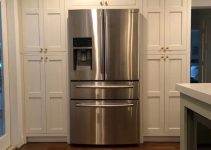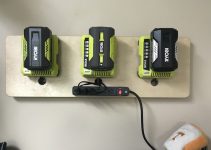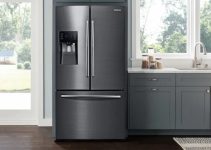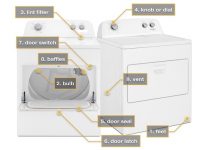Samsung is one of the world’s leading manufacturers of home appliances and electronics. However, that doesn’t mean that they’re perfect. Just like every other washer out there, Samsung washers are plagued by a number of problems.
These problems include spinning issues, water leakage, drain pump failure, and so much more. Here, we have detailed the most common Samsung washer problems and the right fixes to apply.
Common Samsung Top Loader Washer Problems
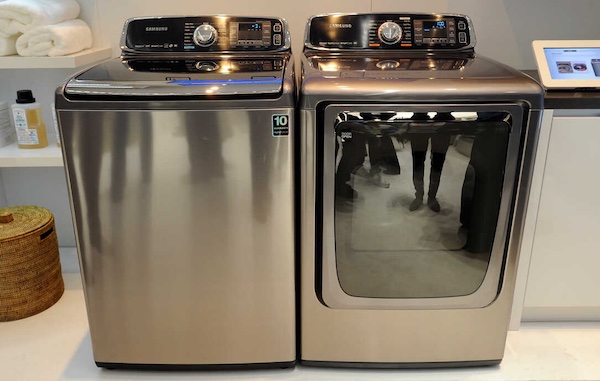
Problem 1: Samsung Washer Not Spinning
If the washer stops spinning or you notice a drop in the washing machine’s spin performance, this could be due to several reasons. The washing machine comes with different sensors that detect a problem and automatically slow or stop the spin cycle. The reason for this could be due to suspension wear, drain pump failure, drum nut loosening, faulty door lock or even a broken plastic bracket at the back of the machine could hinder the washer’s spin performance.
Solution
This problem would have to be solved by a technician, but you should try to identify the actual cause yourself. To find the cause
- Run a spin cycle with no load and no detergent.
- Once the cycle begins, watch out for the drum as the machine fills with water. Look closely through the door to see if the drum is spinning. The machine may stop and start several times during the rotation. This is completely normal.
- If the drum does not spin, try putting small and large loads to detect the spin cycle.
- If the drum fails to spin during the wash cycles, then you might want to get a technician to take a look at the machine.
Problem 2: Streaks Left on Fabrics
Streak appears during clothes after a cold water, short cycle wash are usually due to using too much laundry detergent.
Solution
If you notice purple streaks on your laundry, then you might want to ease up on the amount of detergent used during the wash cycle. One tablespoon of concentrated HE detergent is recommended for a standard, cold water load.
Whether you have more load size or using a different water temperature, it is important that you stick to the recommended amount. To get rid of the streaks, rewash the clothes on a warm water cycle with no added detergent.
Problem 3: Washer Stops During Spin Cycle
If you notice your washer stops during the spin cycle and becomes unbalanced there are several ways to fix it. In most cases, it is a simple problem.
Run a diagnostic test to see if any error codes appear. If the failure was caused by a slow drain, you will notice the error code displayed on the screen of the washer.
Correcting the slow drain is an easy process. Simply open the bottom panel of the washer housing. You should find a plug on the lower right. Before removing the plug, get some towel to catch the gush of water that comes with it. With plug removed, clean out the filter from any debris or objects obstructing the flow into the pump.
Check if the washer is overloaded. Ensure you go through the user manual very carefully whenever you’re selecting a cycle. Different cycles work for different size loads. Some Samsung washers operate well on large loads and will require more water during the spin cycle to compensate for the small loads. Always check the manual to know more about the right load sizes for your washing machine.
If you’re using a Samsung automated washer, you will notice your laundry gets done faster and easier. The automated Samsung washer will display errors codes on the screen whenever there is a problem that needs fixing. While this makes it easier to fix problems with the washer, it could be a problem if you don’t know what the error codes mean
To help out, here are the most common Samsung refrigerator error codes
E1 or 4E
This indicates an input error on the washing machine, which suggests the washer is having problems filling with water. If you see this error code, the first thing is to check for a blocked, kinked, or trapped hose. If the hose is intact, then inspect the machine’s inlet valves.
E3 or 5E
This indicates an output error on the washing machine. It usually means that the machine is unable to empty correctly. The first thing to do is to inspect the filter for any sediment. If you find anything stuck inside, cleaning the filter will solve the problem.
DE
This indicates that there is a problem with the door. It means that you didn’t shut the door properly or that the door is unable to close properly. When you see this error code, check to see if the door is properly closed. If the problem persists, then you would want to inspect the door lock to see if it has been damaged.
E7
The E7 code could indicate a problem that is related to the pressure switch. When you notice this error code, check for any clogs or cracks in the hose. Cracks or clogs in the hose are common problems that affect the pressure switch. In addition, you should inspect the pressure switch.
EB or BE
A motor control circuit fault is indicated by a EB or BE error code on the display screen of the washer. This usually indicates a problem with the control board. Checking the motor and its connections could solve this problem. In some cases, you might need to get a professional to take a look at it.
HE1 or CE
This error code indicates temperature overheating. This suggests the temperature sensor is not producing accurate readings, or the control board is not functioning properly. This could cause the machine to overheat whenever it is in use.
E4 or UE
This error code indicates that the washing machine is imbalanced. This is problem is likely due to your miscalculation while filling the washing machine with clothes. Before you start the drum on a spin cycle, confirm that the load items are similarly weighted.
